Understanding How to Use Debit and Credit Cards for Payments
Debit cards and credit cards are two types of payment cards that can be used to make purchases.
A debit card is linked to a checking or savings account and allows you to spend money from that account.
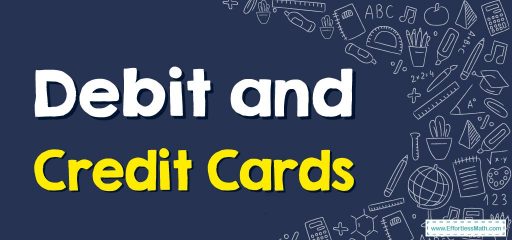
When you make a purchase with a debit card, the money is immediately deducted from your account balance.
You can use a debit card to withdraw cash from an ATM or make purchases at a store or online.
On the other hand, a credit card is a type of loan that allows you to borrow money to make purchases.
When you use a credit card to make a purchase, the card issuer pays the merchant on your behalf, and you are responsible for repaying the amount borrowed, plus any interest or fees.
If you don’t pay the full balance each month, you’ll be charged interest on the remaining balance.
A step-by-step guide to solving math problems related to debit and credit cards
Debit and Credit Cards contain 16-digit card numbers, a magnetic strip, an expiration date, and an EMV chip.
Both of them are used to buy things either on the Internet or in person conveniently.
The difference between debit and credit cards is:
With a debit card, you can spend your money by taking cash from your bank account.
But a credit card, lets you borrow up to a certain amount to get cash or buy things.
Here’s a step-by-step guide to solving math problems related to debit and credit cards:
- Read the problem carefully and identify the relevant information. Make sure you understand what the problem is asking you to find.
- Determine whether the problem involves a debit card or a credit card. This will help you know what information to look for and what calculations to use.
- Calculate the total cost of the purchase. This may involve adding up the price of multiple items or factoring in sales tax or other fees.
- For a debit card problem, check the balance in the account linked to the card. If the balance is lower than the total cost of the purchase, the transaction will be declined.
- For a credit card problem, check the credit limit of the card. If the total cost of the purchase exceeds the credit limit, the transaction will be declined.
- Calculate the interest or fees associated with a credit card problem. If the problem asks you to calculate the total cost of a purchase over time, you’ll need to factor in the interest rate and any other fees associated with the card.
- Check your work to make sure you have correctly calculated the total cost of the purchase and any associated interest or fees.
It’s important to be familiar with the terms and conditions of your debit and credit cards, including the interest rate, fees, and credit limit. This can help you make informed decisions about how to use your cards and avoid overspending or accumulating debt.
Debit and Credit Cards – Example 1
Charlotte used her debit card to pay for a blouse. The blouse costs \($\)72.18. Will \($\)72.18 come out of Charlotte’s bank account right away?
Solution:
Since Charlotte used her debit card to buy the blouse, the money is immediately come out of her bank account.
Debit and Credit Cards – Example 2
Logan signed up for music lessons. He paid \($\)258.95 for the lessons using his credit card. Will the money come out of Logan’s bank account immediately?
Solution:
Since Logan used his credit card to pay for the lessons, the money doesn’t come out of his bank account immediately.
Related to This Article
More math articles
- Discovering the Magic of ASA and AAS Congruence in Triangles
- Number Properties Puzzle – Challenge 17
- 4th Grade Scantron Math Worksheets: FREE & Printable
- Unlocking the Secrets of Inscribed Polygons
- Hyperbola in Standard Form and Vertices, Co– Vertices, Foci, and Asymptotes of a Hyperbola
- Top Math Websites for Virtual Learning
- Line Graphs
- 7th Grade STAAR Math Practice Test Questions
- Limits: What is the Neighborhood of a Point
- 10 Most Common HiSET Math Questions
















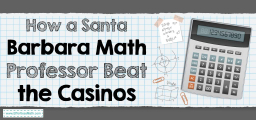
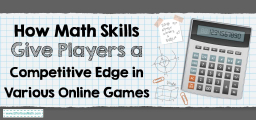
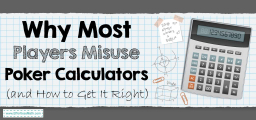



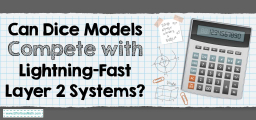


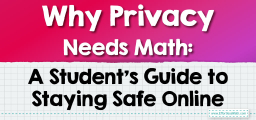

What people say about "Understanding How to Use Debit and Credit Cards for Payments - Effortless Math: We Help Students Learn to LOVE Mathematics"?
No one replied yet.